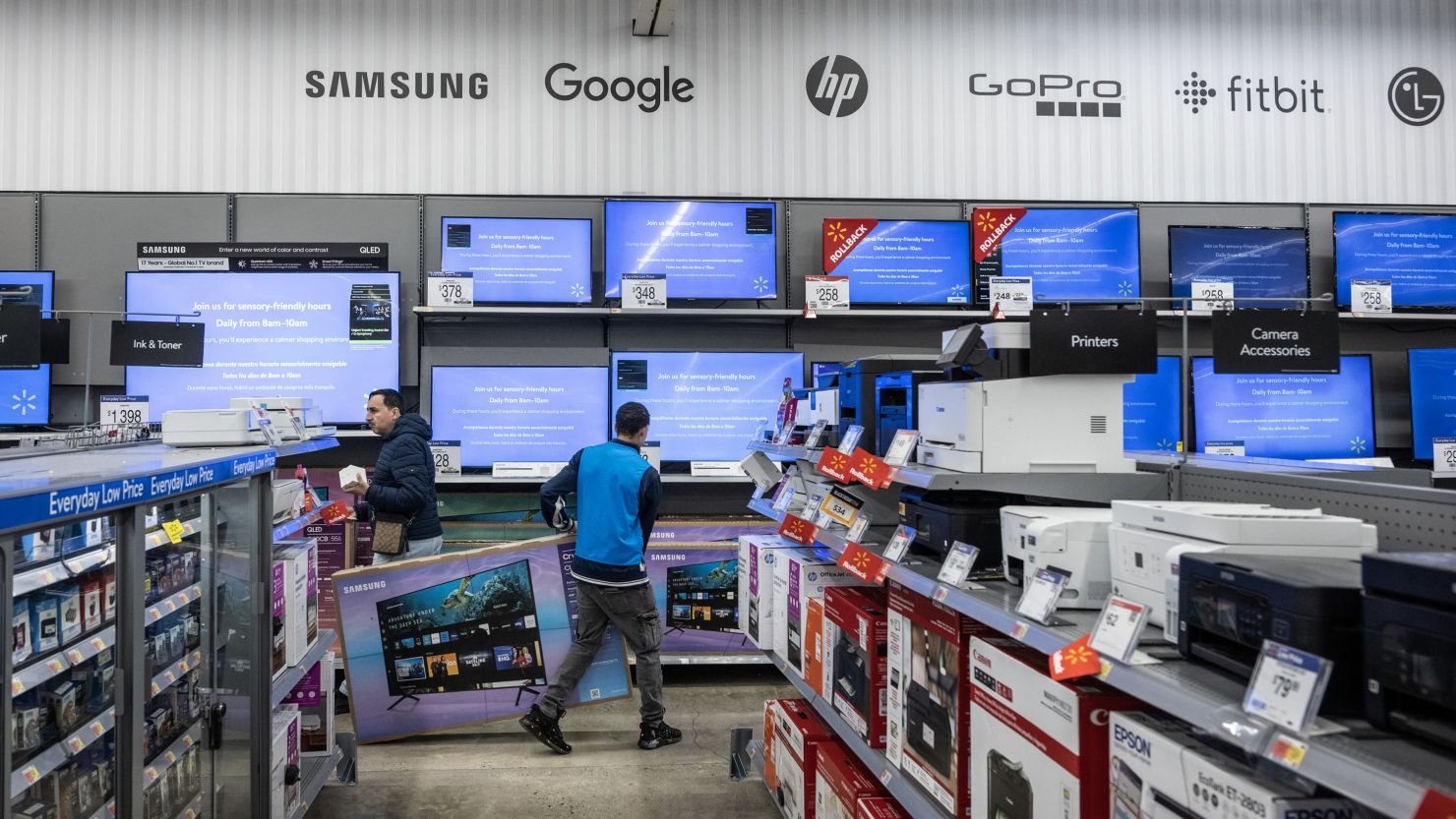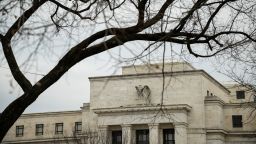US consumer prices rose 3.4% annually to close out 2023, capping a year of substantial progress on efforts to rein in painfully high inflation.
The Consumer Price Index, which measures the average price changes for commonly purchased goods and services, rose 0.3% in December from the month before, matching expectations, according to Bureau of Labor Statistics data released Thursday.
The monthly and annual numbers for December were higher than those seen in November, when tumbling gas prices drove the overall index lower. In December, gas prices stayed mostly in neutral, rising 0.2%, while rising shelter costs accounted for more than half of the monthly all-items increase, according to the BLS report.
Economists were expecting the annual overall inflation rate to tick higher, to 3.2% from the 3.1% headline reading the month before, according to FactSet consensus estimates.
Despite the acceleration, the annual rate of consumer-level inflation is down considerably from December 2022’s rate of 6.5%; additionally, a closely watched measure of underlying inflation slowed further.
When removing the more volatile categories of food (which increased 0.2% on the month) and energy (which ticked up 0.4%), core CPI measured 3.9% annually, a step back from November’s 4% reading and the lowest annual increase that index has seen since May 2021.
On a monthly basis, core CPI rose 0.3%, in line with expectations.
“I don’t think that there’s anything wildly concerning in this report,” Wendy Edelberg, director of The Hamilton Project and senior fellow in economic studies at Brookings, told CNN. “It wasn’t surprisingly good news, which would always be welcome, but nothing too concerning.”
“It’s mostly, ‘steady as she goes,’” she added.
What this means for the Fed’s rate cut plans
Thursday’s report, at first glance, appears to be yet another example of the long and bumpy process to bring down inflation. However, when annualizing the recent months’ data, the latest CPI report shows continued progress toward what the Federal Reserve would like to see.
Still, December’s report likely means that the Fed will keep interest rates steady at its meeting later this month and in March, and pushes back any rate-cutting action until further in the year, economists said.
“Looking through the small rise in headline inflation — which was due to energy prices rising — I think the message from this release is that core inflation is proving sticky,” Brian Coulton, Fitch Ratings chief economist, wrote Friday. “This will give the Fed grounds for caution and they are unlikely to cut rates as quickly as the markets currently expect.”
Recent months have seen disinflation (when prices rise, but at a lower rate) — and some deflation (when prices fall) — among goods, highlighting smoother supply chains, falling input costs and normalizing spending patterns.
In December, core goods prices were flat, an apparent stalling out after six months of declines.
“The concern that must be growing in the Fed’s mind at this point is that we are now getting less deflation and disinflation from goods and energy prices, and we still have yet to see a measurable reduction in inflation in housing or most services components,” Scott Anderson, chief US economist for BMO, wrote in a note issued Thursday.
A bumpy ‘last mile’
Core services prices have consistently been more stubborn.
They were up 0.4% on a monthly basis and 5.3% for the year. Services inflation tends to be “stickier” than goods because there are more factors that play in to those prices, including wages and other labor costs (once prices go up for that hair cut or the vet visit, they don’t often come back down).
Rising shelter costs have kept core services elevated. Home prices remain high because of low inventory; at the same time, rents have stabilized or in some cases fallen because of strong multi-family construction activity.
The CPI’s measurement of shelter prices does come with a delay from the timing in how BLS captures the data as well as the natural lag effect, as leases are typically renewed on a 12-month basis.
The CPI shelter category rose 0.5% from November and was up 6.2% for the 12 months ended in December, according to Thursday’s report.
Excluding housing, the “supercore” measure of core services minus rent has showed some progress in recent months, but it’s sitting at an annual increase of 6.8% as of December.
Fed Chair Jerome Powell in recent months has acknowledged the progress on inflation but consistently iterated that it’s far too premature to declare victory. The central bank has a target inflation rate of 2%, as measured by the Personal Consumption Expenditures price index, which has its latest reading due out later this month.
In November, PCE measured 2.6% annually.
“The last mile of the inflation fight will not be linear evolution back to the Federal Reserve’s 2% target,” Joe Brusuelas, RSM US principal and chief economist, wrote Thursday. “Rather, persistent inflation inside the service sector and stubborn housing costs will characterize the slowing in the pace of growth in inflation which we think ends 2024 at or below 2.5%.”






